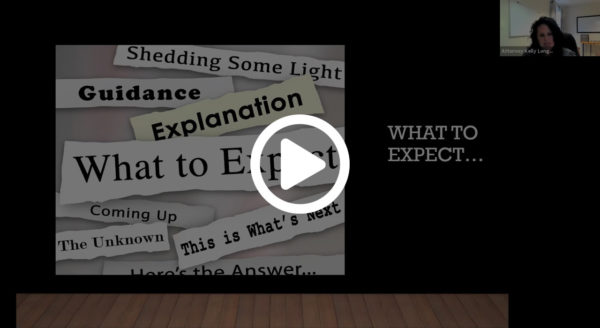Upon the death of the testator—the person who made the will—probate will be opened if the testator died owning accounts or property in their sole name and without a properly completed beneficiary designation form.
Probate is the court-supervised process in which the testator’s will is validated and administered. The person named as executor in the will initiates and carries out the probate process. The probate process can vary slightly from state to state, but generally unfolds in the following manner:
1.The death certificate is filed with the court.
2.The testator’s will is submitted to the court and confirmed as valid.
3.A petition to initiate probate is filed.
4.The court gives the executor permission to gather, evaluate, and manage the testator’s assets.
5.The executor contacts beneficiaries to inform them that probate has commenced.
6.Lists of the deceased’s assets, debts, bills, and taxes are compiled and submitted to the court.
7.The testator’s outstanding debts and taxes are paid from the testator’s assets.
8.The remaining assets are distributed to the beneficiaries.
9.The estate is closed and probate ends.
These steps imply that the decedent has, in fact, left a will. Dying without a will – knows as dying intestate- entails much greater court involvement.

